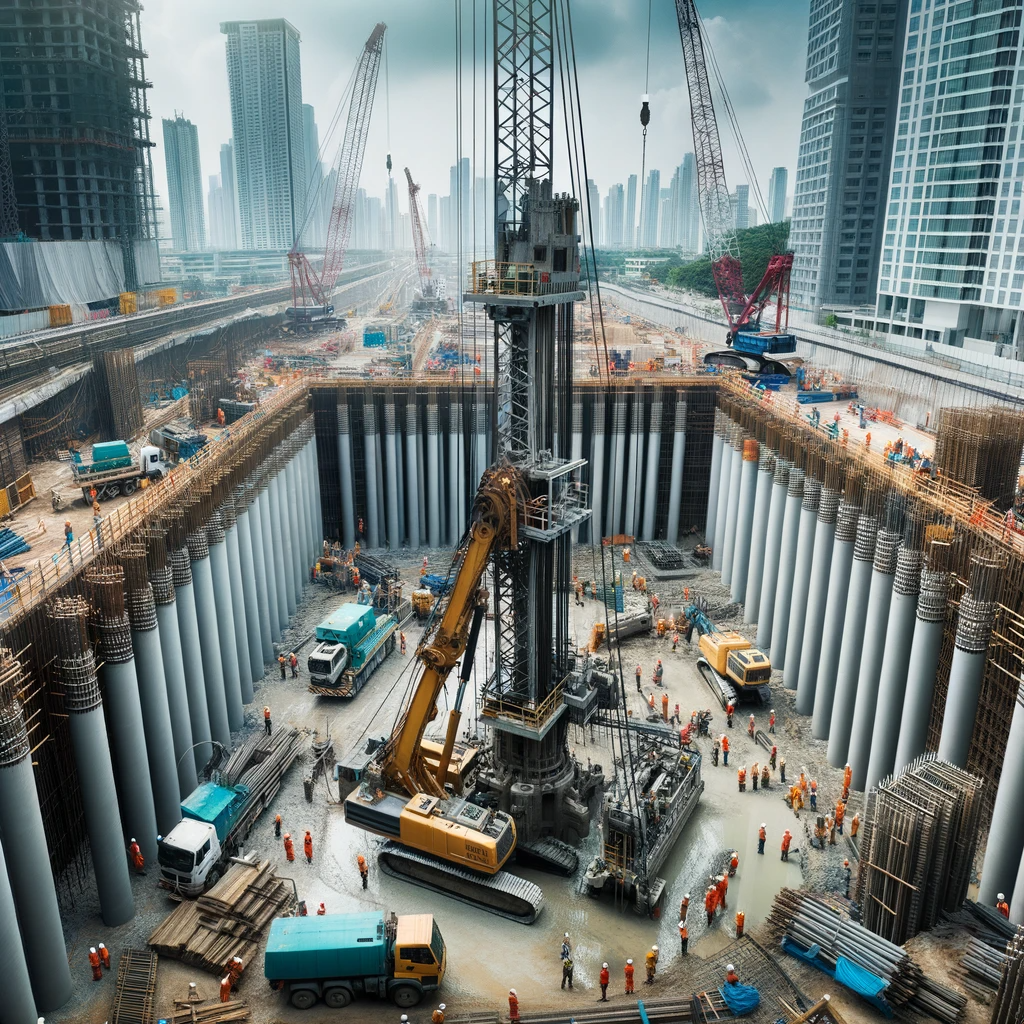San Diego’s Roofing Revolution: Choose the Best Roofing Company for Your Home
Roofing Company San Diego: In San Diego, where the sun blazes and the coastal winds can turn harsh, your home’s first line of defense is its roof. Selecting the right roofing company is not just a matter of curbside appeal, it’s about long-term protection and peace of mind. Let’s dive into what makes a San Diego roofing company stand out and why their role is crucial in safeguarding your sanctuary.

The Significance of a Trustworthy Roofing Company in San Diego
The roof over your head does more than keep out the rain; it is an integral part of your home’s structure and overall well-being. In a place like San Diego, choosing a reliable roofing company is paramount, as the right choice can mean the difference between a roof that lasts decades versus one that causes headaches in just a few seasons.
Essential Qualities to Look for in a San Diego Roofing Company
The best roofing companies in San Diego stand out with their commitment to quality, customer service, and integrity. Look for companies with strong local reputations, skilled craftsmanship, and a portfolio of successful projects. They should be fully licensed and insured, ensuring that they adhere to the strictest safety and quality standards.
The Range of Services Offered by Top Roofing Companies in the Region
Whether you’re in need of a quick repair or a complete roof overhaul, top-notch San Diego roofers offer a wide range of services. This includes traditional shingle roofing, modern solar tiles, and even green roofing options. They should provide thorough inspections, tailored solutions, and regular maintenance services to keep your roof in tip-top condition.
The Importance of Material Quality and Durability in San Diego’s Climate
San Diego’s climate demands materials that can withstand both relentless sunshine and occasional heavy rains. The best roofing companies offer a selection of premium materials that are durable, energy-efficient, and able to maintain their integrity under the sun’s ultraviolet rays.
Warranty and Insurance: Must-Haves for Any Roofing Project
A robust warranty and comprehensive insurance coverage are non-negotiable when it comes to roofing. They protect you from any unforeseen issues that might arise post-installation. Reputable companies in San Diego will provide extensive warranties on both materials and labor, and hold insurance that protects homeowners from liability.
Client Testimonials and Case Studies from San Diego Residents
Nothing speaks louder than the voices of satisfied customers. Testimonials and case studies give you insight into the experiences of other homeowners in San Diego, showcasing the roofing company’s ability to deliver excellent results and handle any challenges that arise during the roofing process.
Conclusion: The Value of Expert Roofing Services for Home Protection and Peace of Mind
The right roofing company does more than install a product; they deliver a service that is fundamental to the safety and durability of your home. In San Diego, where the weather can be as dynamic as the city itself, investing in expert roofing services is not just a decision for today, but a safeguard for the future.
By selecting a top-rated San Diego roofing company, you are not only ensuring a quality roof over your head, you are also enhancing the overall value of your home and ensuring peace of mind through seasons of sun, wind, and rain. Choose wisely, and your roof will be a testament to the protection and style that only the best in San Diego can provide.





